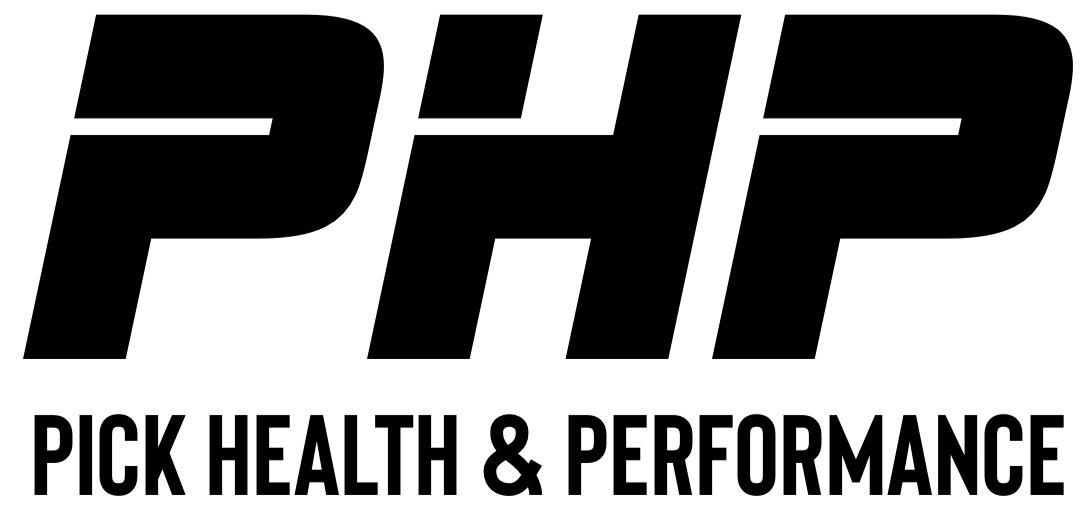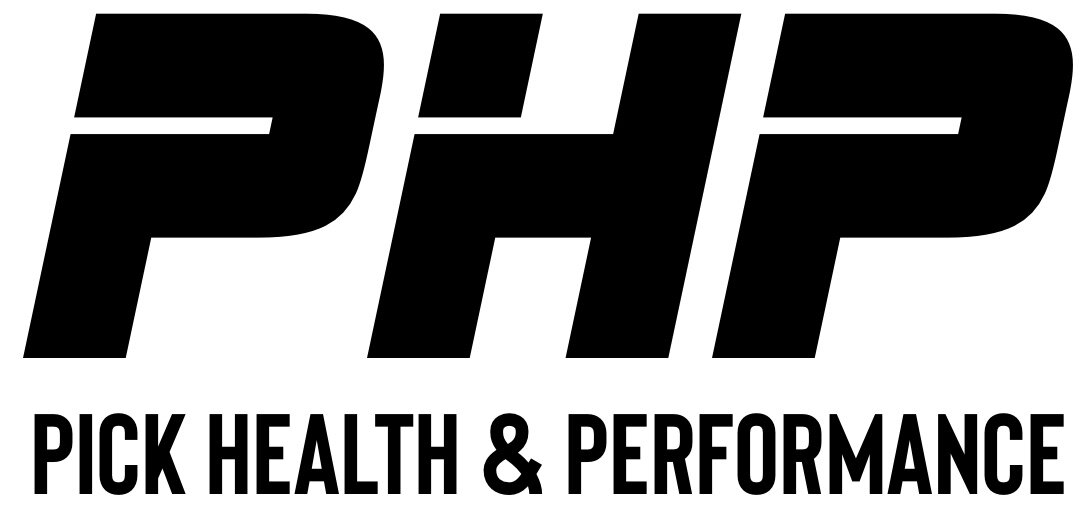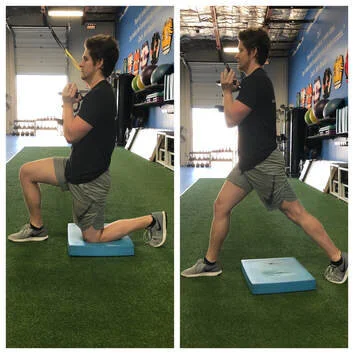3 Exercises To Reduce Knee Injuries in Ice Hockey Players:
Last week we discussed how prominent knee injuries are in ice hockey and what mechanisms typically result in specific structures being injured within the knee. Today we are going to cover 3 strategies that we implement when helping athletes to reduce the likelihood of knee injuries or when rehabbing current and/or pre-existing injuries.
Strategy 1: Soft-Tissue Techniques to Quads/Glutes
Foam rolling and other soft-tissue techniques are a great way to prepare the body for the demands of training. Providing the nervous system with sensory input and allowing certain muscles to “relax” sets you up for a great training session.
There are 2 primary areas that we direct our focus for athletes when dealing with knee pain or recovering from a knee injury: The Quadriceps and Glutes.
To Perform:
Glutes:
To perform foam rolling to the gluteal musculature, begin by sitting on a foam roller. Cross one leg over the other, placing the ankle on top of the opposite knee. Which ever leg is crossed is the side we will be focusing on. Perform 10-20 rolls or perform for 30-60 seconds each side.
Quadriceps:
To perform foam rolling to the quadriceps, begin in a push-up position on the hands or elbows with the foam roller starting just above the knee. Push your body downward so the foam roller moves up the leg. Be sure to roll the entire distance from the knee to the hip. Perform 10-20 rolls or perform for 30-60 seconds on each leg.
Strategy 2: Posterior Chain Development
One crucial way to accelerate the rehab process and continue to train with knee pain is to train AROUND the pain. An excellent option to continue training around an injured knee consists of focusing on developing the musculature of the posterior chain. When you hear "posterior chain" think hips, glutes, and hamstrings. One of our go to exercises to do this is the Cook Hip Lift. It is a great exercise to focus on strengthening the posterior chain and getting the hamstrings and hips strong while minimizing discomfort in the knee. As an added bonus, this exercise also incorporates facilitating hip extension of the working leg. Allowing the hockey player to stretch those often tight hip flexors as a result of the hockey playing position.
To Perform:
Begin by lying on the floor with knees bent and feet flat. Grab one knee and pull it towards the chest. Keeping the knee in close to the chest, drive the hips towards the ceiling by pressing through the opposite heel. Perform 2-4 sets of 8-12 repetitions on each side.
Strategy 3: Graded Exposure to Knee Dominant Work
While the previous examples have provided a means of continuing to train AROUND knee pain, we do like to continue to train knee dominant movements while rehabbing an injury. Once the acute stage of healing has resolved and the athlete begins to experience a decrease in symptoms, we like to re-introduce knee dominant movements. Now, we don't go straight to maxing out on squats as a means of rehab. Instead, we'll take a graded exposure approach to further stimulate the healing qualities that proper strength training can facilitate. Graded exposure might mean reducing range of motion, reducing external load, performing exercises unilaterally versus bilaterally, etc. Another staple to our programming are split-squats.
To Perform:
Begin in a half-kneeling position. The “down” leg should form a straight line from the knee, hip, shoulder, and ear. The front leg should be positioned at 90 degrees with the knee aligned over the ankle. From this position, drive through the front heel to achieve the finish position. Perform 2-4 sets of 5-10 repetitions on each side.
If you’re a ice hockey player dealing with a knee injury, book your free consult below.




